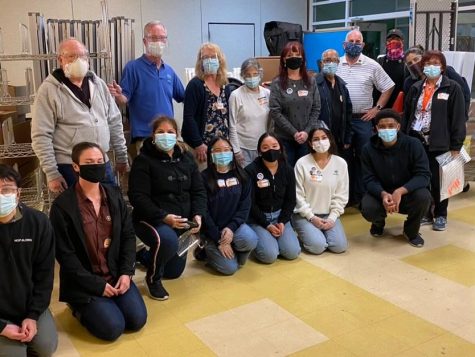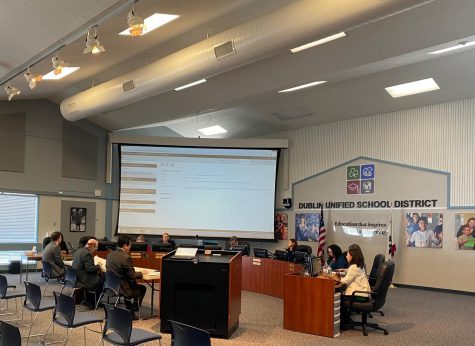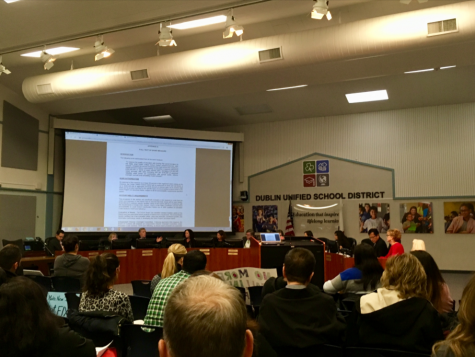A Race Against the Weather at the Oroville Dam
On Saturday, February 12, officials made an evacuation order on the areas surrounding the Oroville Dam, the nation’s tallest dam, about 45 minutes away from Sacramento. At least 180,000 people were evacuated with the notice that the dam could spill over in the next hour. The streets were soon filled with people frantically grabbing their most prized belongings and driving to shelters or motels in areas that were deemed safe. Many gas tanks in the town soon ran out of gas due to the onslaught of people, and the towns were soon empty.
Dublin High science teacher Janet Kaehms said “I am glad they were capable of evacuating the people because the situation was extremely dangerous… They did the best they could with the situation.”
At the moment, the evacuation order has been lifted, but “they need to be prepared to evacuate again at a moment’s notice should new problems arise” (Rocha), so there is no guarantee of safety. At the moment both of the dam’s spillways, the main and the emergency, both have issues with erosion. On the main spillway, the hole is about 170 feet long, so it could not have been fixed in such a short time; officials predict that the soonest repairs would be finished is this summer. However, the emergency spillway, which has not needed to be used since the dam’s construction in 1968, and is a last resort. The state of California has requested federal aid in making urgent alterations to the dam in effort to control the amount of water that could run through the spillways without causing extreme damage and rendering them unusable. Governor Jerry Brown received a quick reply from the president saying that they would offer support. However, more rain is on the forecast continuing through this weekend, so the dam may still face problems in the upcoming days.
Many heads around the nation have been turned to California due to this near-catastrophic event, and it has also brought the attention of those in power. Now do they realize that the possibility of infrastructure malfunction is quite real, and they know to avoid a repeat of such events, they must continue to upkeep the structures. Sophomore Noah Fourby said, “I am thankful that so many people were able to safely be evacuated, but it shows that many of our dams might be unprepared for critical situations such as this one.” Freshman Natalie Fernsten added, “ “I heard that large chunks of concrete have been falling off, they should have built it stronger, but they didn’t expect, or prepare for anything like this.” Many agree that the upkeep of these is essential in keeping people safe, and that it should not take an event such as the Oroville Dam to spur these repairs. Instead, they should be done in preparation instead of a response to a catastrophe. Numerous environmentalists had warned the officials that the emergency spillway could easily erode, but the officials refused their recommendation to reinforce it due to the amount of money that would be needed to line the spillway with cement. Now, thousands of people are facing the consequences.
Your donation will support the student journalists of Dublin High School. Your contribution will allow us to purchase equipment and cover our annual website hosting costs.

Sabina Boudames is a sophomore in Dublin Shield and is the World Co-Editor. She was also part of the newspaper her freshman year and is excited for next...









![[Book Review] Weapons of Math Destruction: The insidious danger of Big Data](https://thedublinshield.com/wp-content/uploads/2024/06/wmdsarticle-727x1200.jpg)























